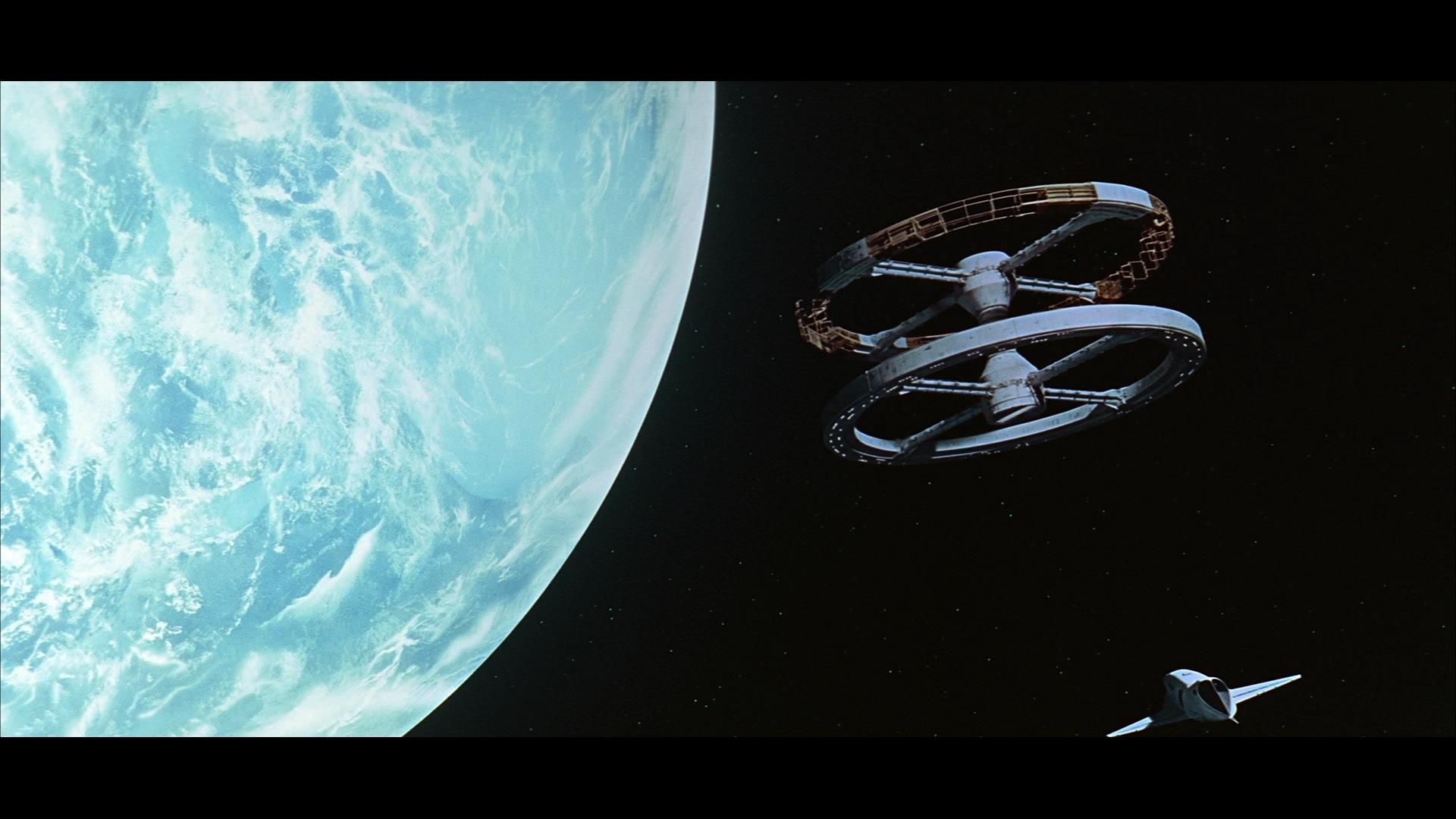I know how to change the black level. I did this in 2009 I think.
On every 21:9 blu ray, there is a difference between the black borders and the blackest black of the movie, which would be at the end credits.
Read the bolded part again.
If the black borders are encoded as r:0 g:0 b:0 < this is true black then if the rest image is less black, then the actual movie is not true black. Yes, you can change tv settings, but that will never change that the movie part never uses r:0 g:0 b:0 true black.
You can use tv settings to make grey appear as true black, so "just change your tv settings!" has nothing to do with this.
You still don't get it. Movie content regardless of source is mastered (home consumer market) with black at 16 and not 0.
Only plasma and OLED TV's have the potential to show black levels approaching 0 when other content is being displayed. This is due to their ability to turn off light emittance at the pixel level. LCD's can only turn off light emittance for blocks of pixels at best. How large the blocks are depends on whether it is using LED edge lighting (common and very large blocks) or LED back lighting (uncommon). In the case of LED backlighting that's further refined by how many lighting zones there are. Even the best LCD panel can't block all light emittance from the backlight, hence why there is blooming and light halos on dark scenes. Even CRT TVs back in the day couldn't reproduce true black due to the way cathode ray tubes worked.
It is assumed that all LCD panel TVs can display a difference in black level between 16 and 17 but may not be able to between 15 and 16. This is the reason why true black for movie mastering for consumer distribution uses true black as 16 and not 0.
Now, some TV's can display differences in black levels below 16. This will cause the issue you see where "Black" on a DVD/BRD looks grey compared to the "Black" bars above and below the picture. Note that even those black bars above and below the picture aren't at 0. In general it'll be somewhere between 10-16.
This is easily seen if you have the ability to block out all light in your room, not easy to do unless that room has absolutely no windows and there are absolutely no light sources in the room (including LEDs from electronic devices. Have your TV on, but displaying no picture and you'll see that your TV is actually emitting a dark grey glow. If you can't see it, then you're either blind or your TV has actually turned off.
Because of this behavior, all TV's need proper calibration not only for proper color reproduction but for proper gamma and contrast to ensure they have proper black and white levels for the lighting in the room when playing back video content that is mastered with black levels set to 16.
The problem with past LG OLED panels wasn't the ability to show deep blacks. It was that as you got below 16, it would start to show banding between the grey levels as it approached black. This was due to how the OLED pixels reacted to the low levels of electrical input in dimming the light that they were emitting.
The 2017 LG panels have been reworked to address this issue. Even with that problem, many videophiles still preferred OLED panels made before 2017 because you get much closer to true black when viewing movie content than you could with the best LCD TVs.
I really do not have time to be making large posts right now, but hopefully this will help you to understand how things work and why you are seeing what you are seeing.
Regards,
SB


